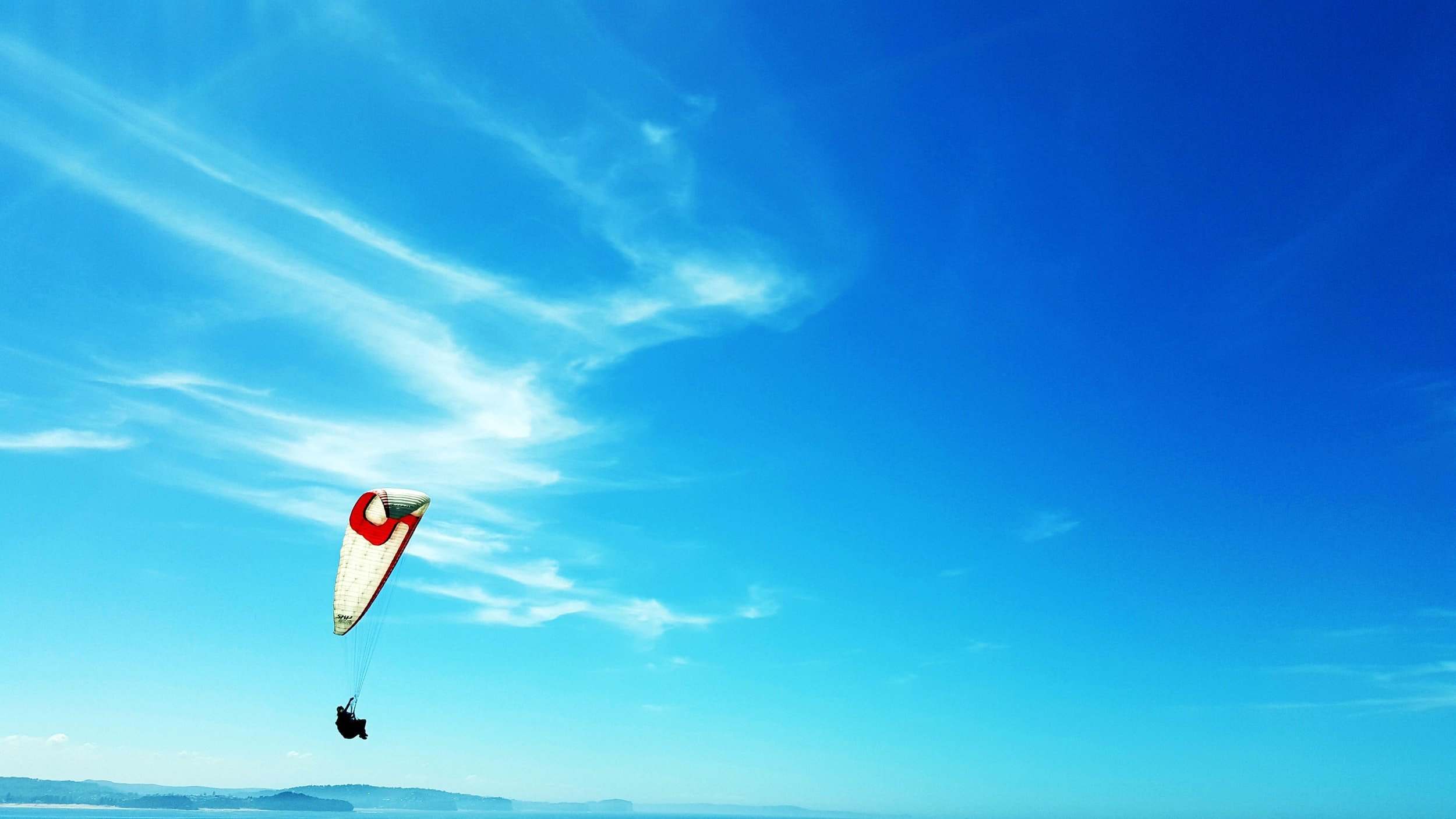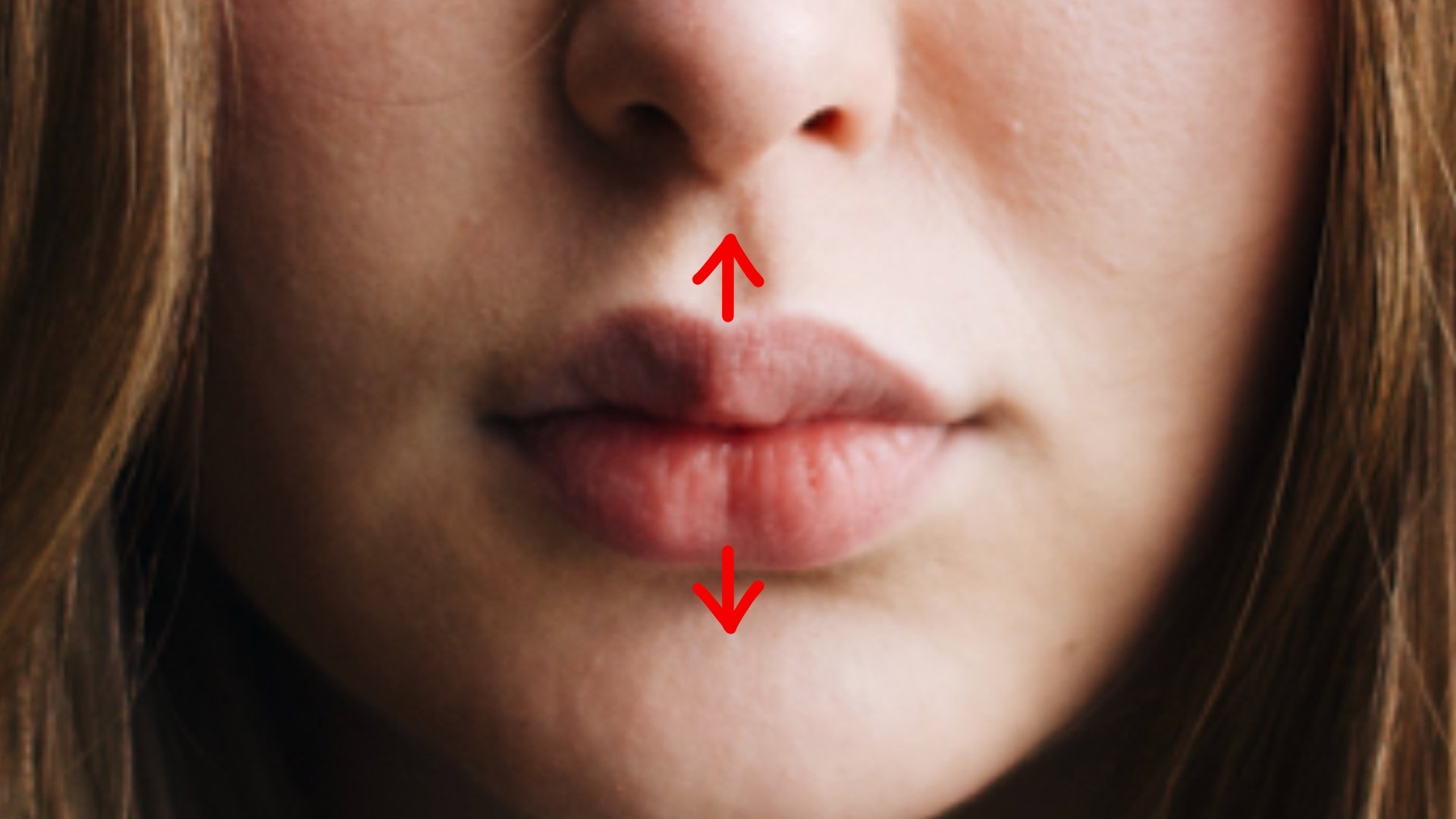Gliding into the New Year 🪂
Glides
Remember the liquids I talked about last week? Well, liquids and glides (that we'll talk about today) can be grouped together in a larger category called approximants. In North American English, the glides (/j/ and /w/) and the liquids (/ɹ/ and /l/) are the approximants.
I decided to split them up to indicate a degree of separation between the two categories of sounds BUT they both fall under approximants. That is because of the fact that the articulators are brought into closer contact, or approximation, than in any of the vowels. They are however less constricted in comparison to other consonant sounds like plosives or fricatives.
The main difference between liquids and glides from a phonetics perspective or sound production POV is that with a liquid, the tip of the tongue is used, whereas with glides, the body of the tongue and not the tip is raised. This changes where the narrowing is in the mouth (closer to the front of mouth versus closer to the back of the mouth).
Glides (or "semivowels") are sounds that, from a phonological perspective or classification of the sounds within human sound production is that they behave like consonants — that is, they cannot constitute the nucleus (peak) of a syllable (but don't worry about it if your eyes are starting to glaze over.
In glides, the mouth shape changes part way through the production of the sound. In addition, you can remember that the tip of the tongue is not used. It can remain touching the lower teeth and you don't need to worry about it. You should instead focus on the tongue body and whether it is raising or narrowing the passageway of air in the mouth.
/w/ - when you think of the W-sound, it starts with your lips rounded like a kissing or puckered lip shape. Some people also compare it to the U-sound shape. Then your lips begin to spread.
/j/ - Now don't be confused. This symbol does NOT reflect the J-sound. It actually is the symbol for the Y-sound. Remember though, we're looking for a standardized agreed upon symbol to reflect a sound. So when I'm talking about the /j/ symbol, I'm referring to the Y-sound in Yes, You, Yellow, Utah,
In glides, the mouth shape changes part way through the production of the sound. In addition, you can remember that the tip of the tongue is not used. It can remain touching the lower teeth and you don't need to worry about it. You should instead focus on the tongue body and whether it is raising or narrowing the passageway of air in the mouth.
And I think that's it! That covers the main things I wanted to accomplish with consonants. Now on to the vowels and the specific consonants one by one!



